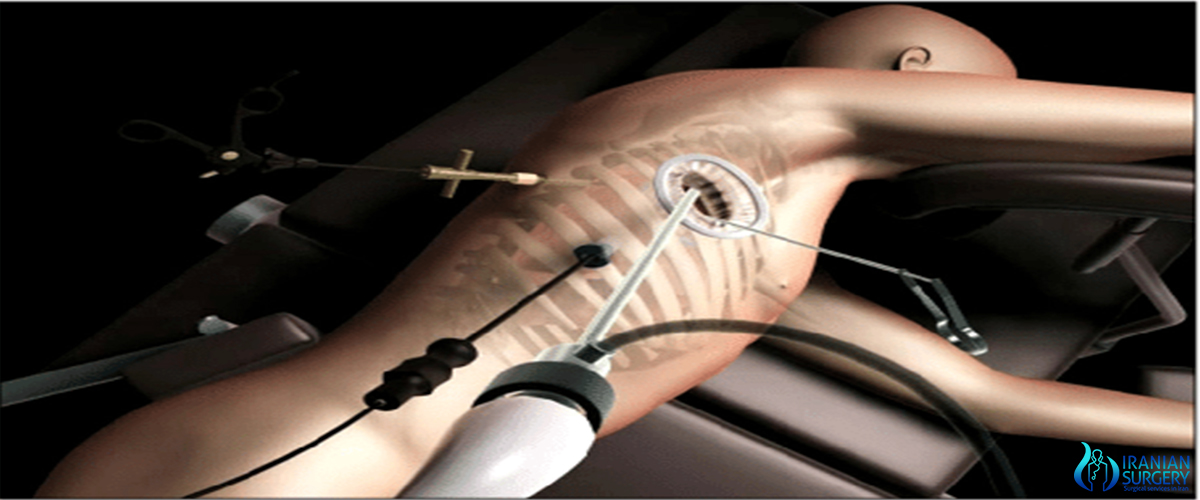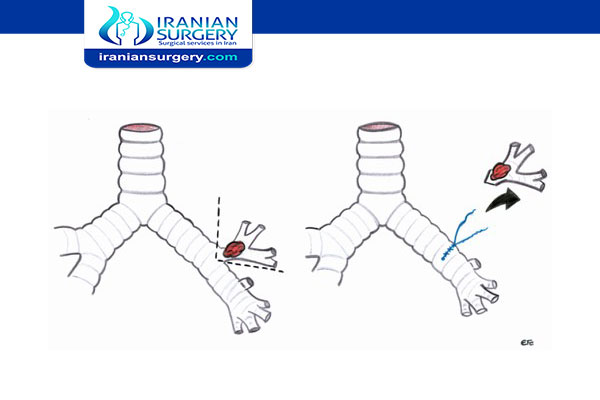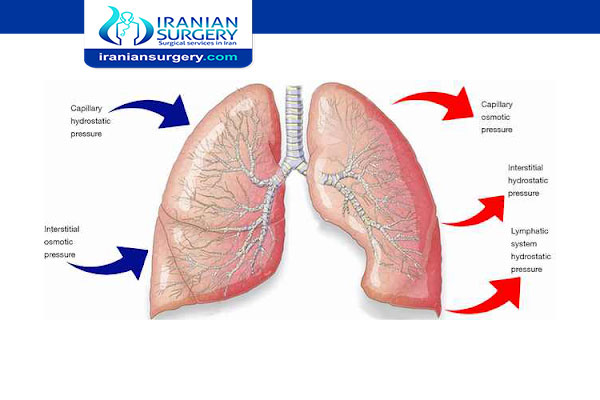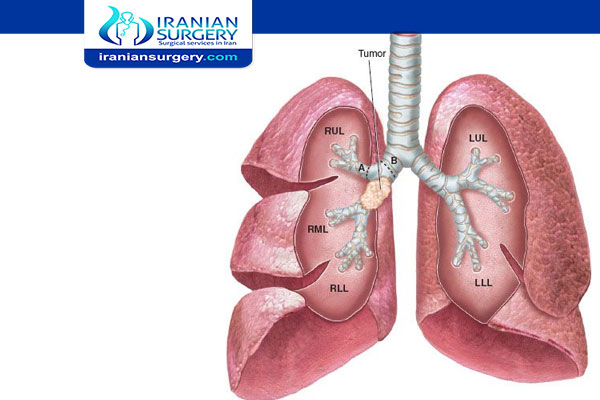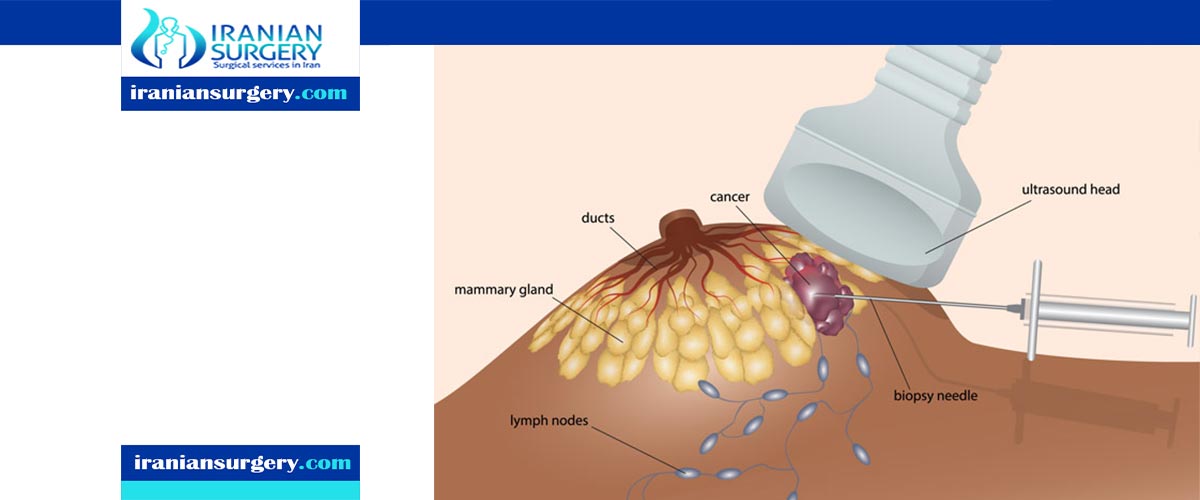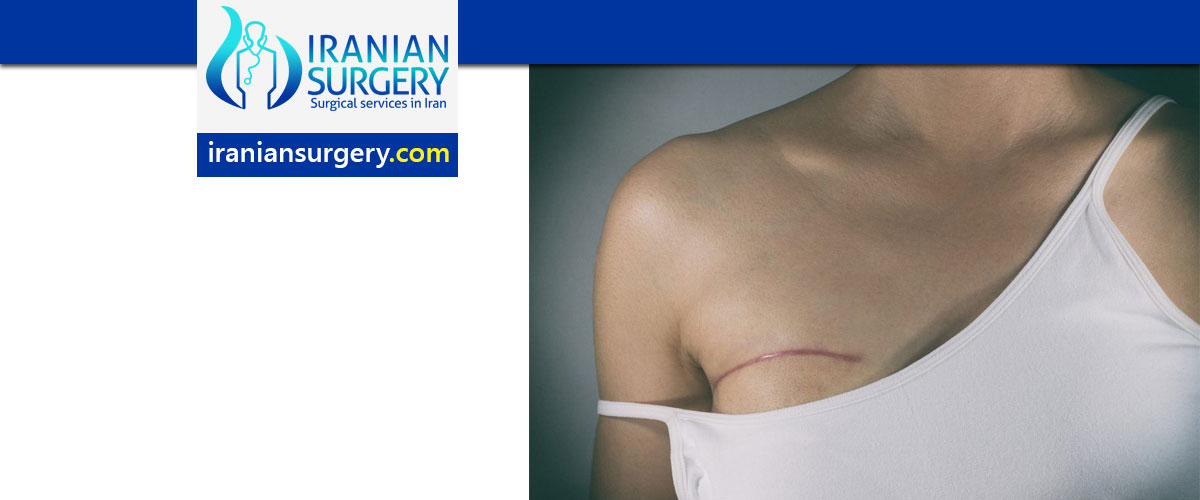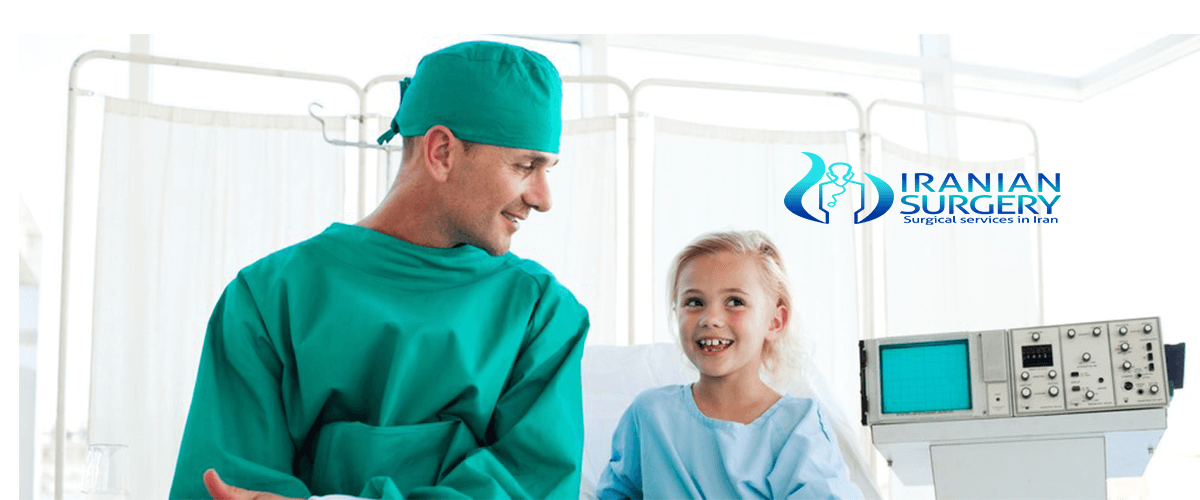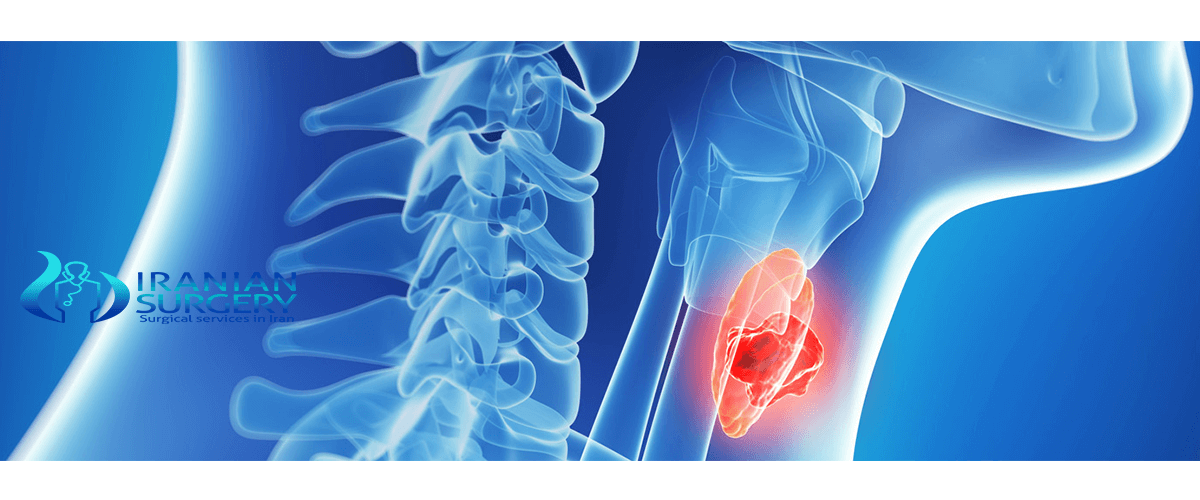March 17, 2019
What is the Wedge Resection? If your doctor has recommended a wedge resection for lung cancer, you are likely wondering what the procedure is like […]
March 17, 2019
What is a pneumonectomy? A pneumonectomy is a type of surgery to remove one of your lungs because of cancer, injury, or some other condition. You […]
March 17, 2019
What id the Segmentectomy? Minimally invasive pulmonary segmentectomy allows adequate oncologic treatment in selected cases while preserving lung parenchyma and minimizing perioperative morbidity and length of […]
March 17, 2019
Paediatric Surgery Modern surgery has developed to such an extent that the body of knowledge and technical skills required have led to surgeons specialising in particular […]
March 17, 2019
Surgical oncology is the branch of surgery applied to oncology; it focuses on the surgical management of tumors, especially cancerous tumors. As one of several modalities in the management of cancer, the specialty of […]


